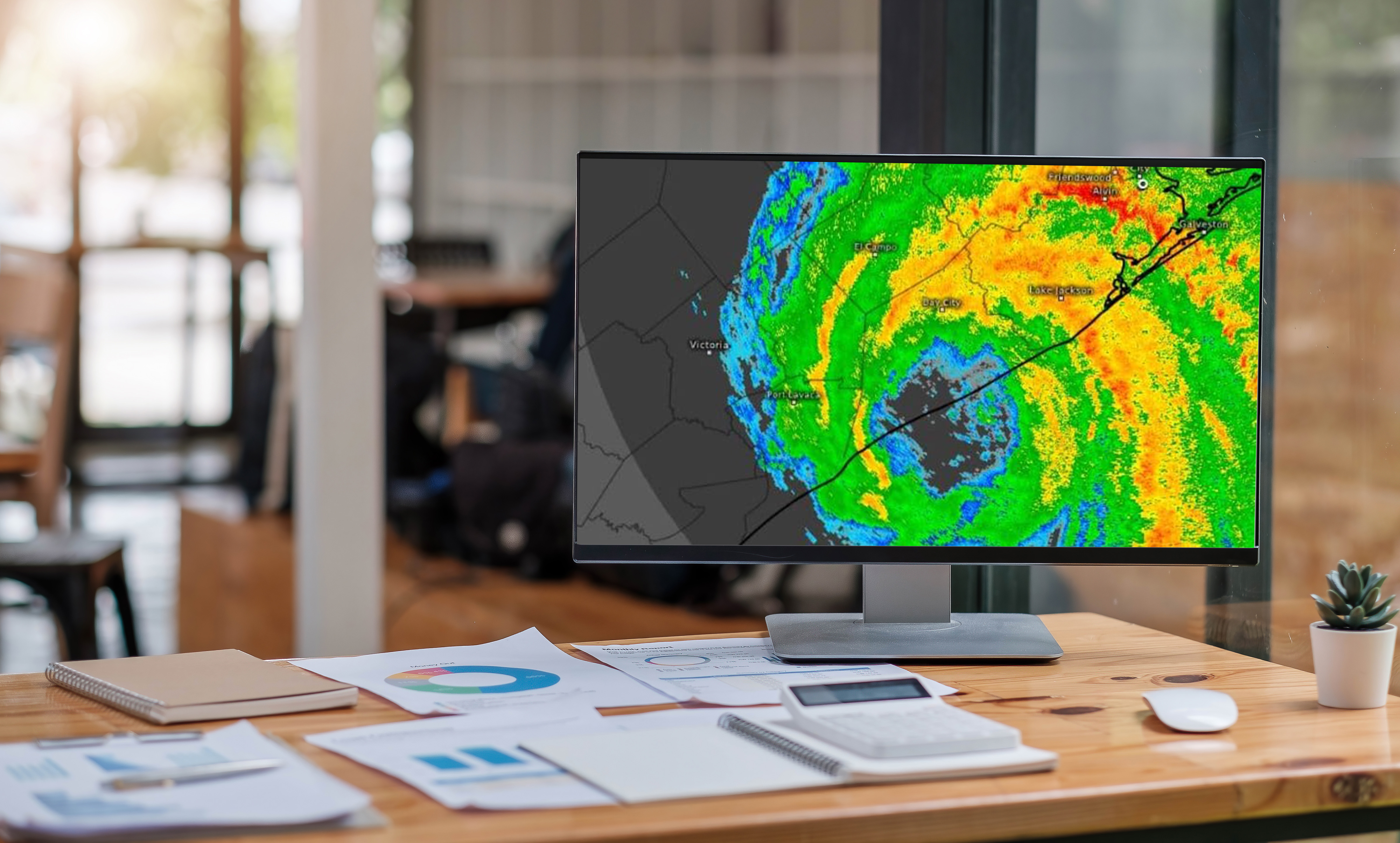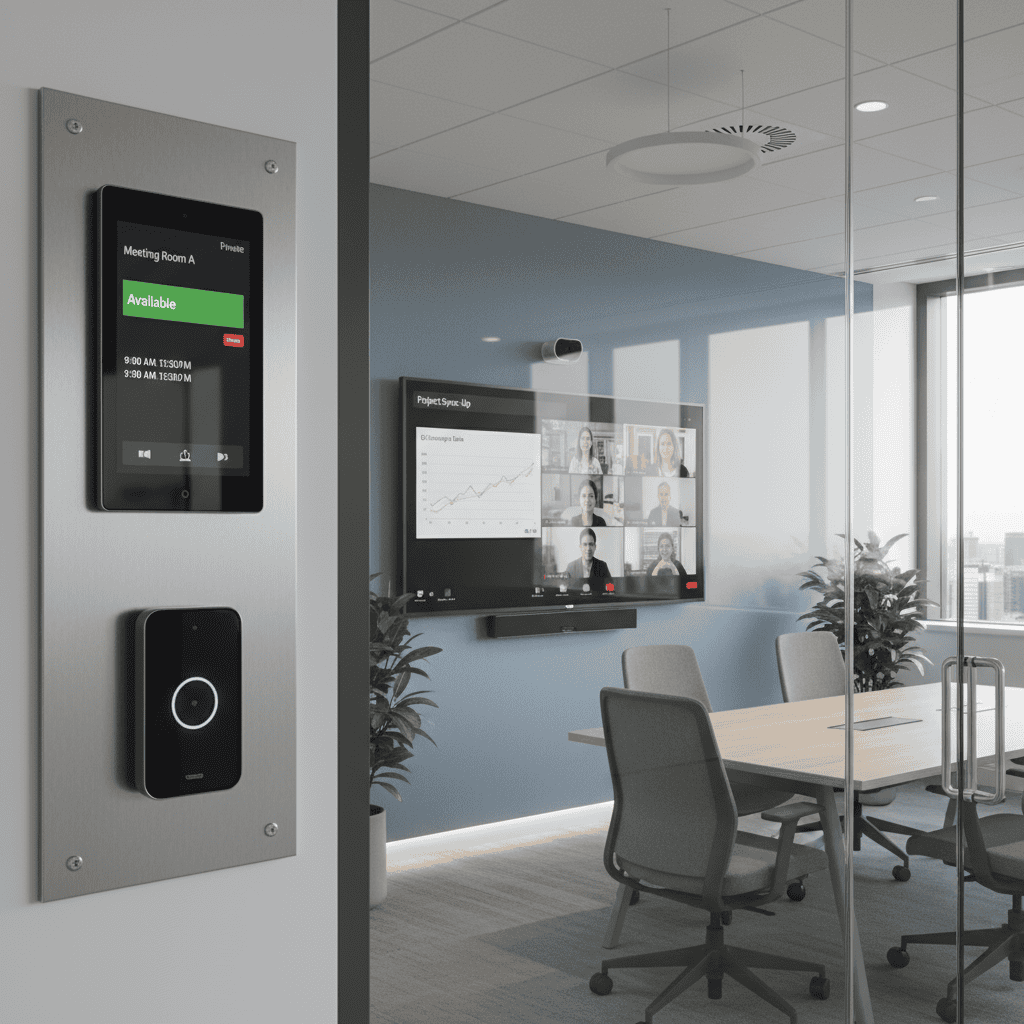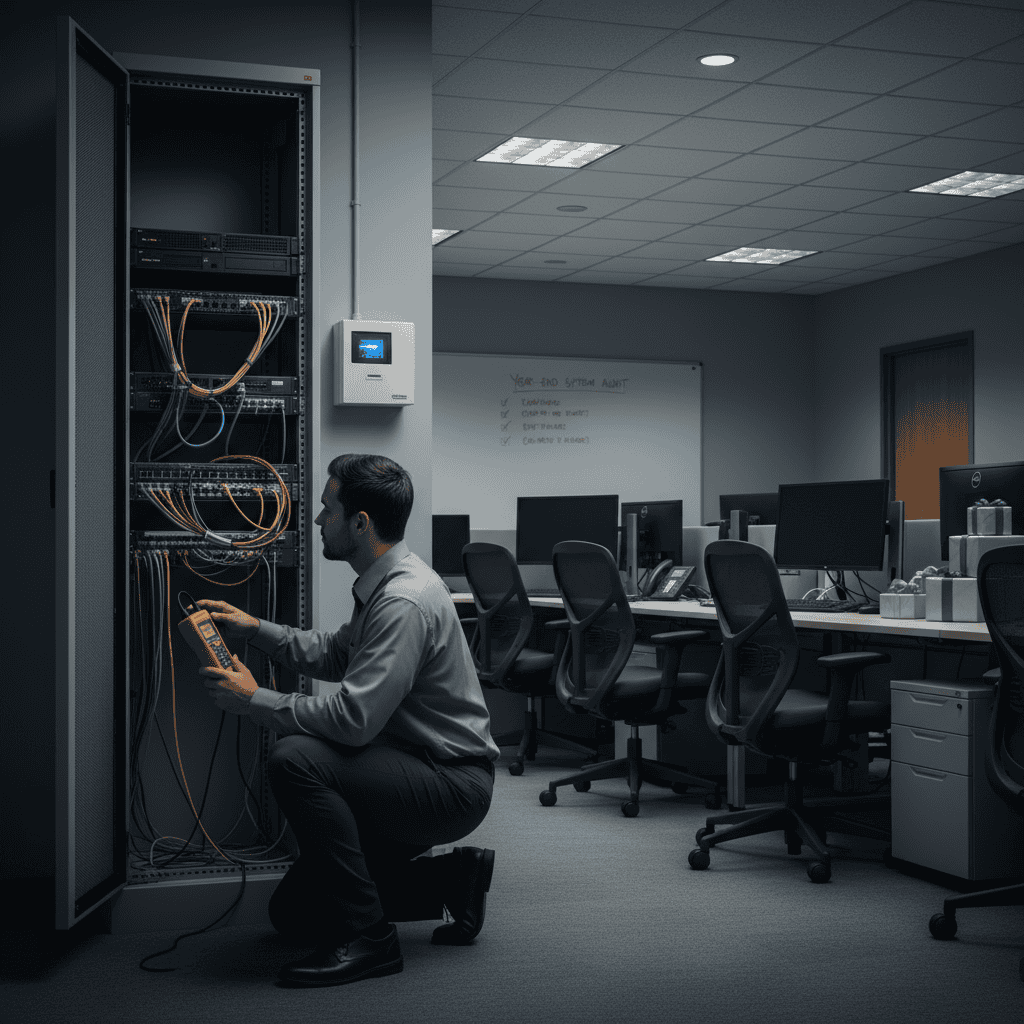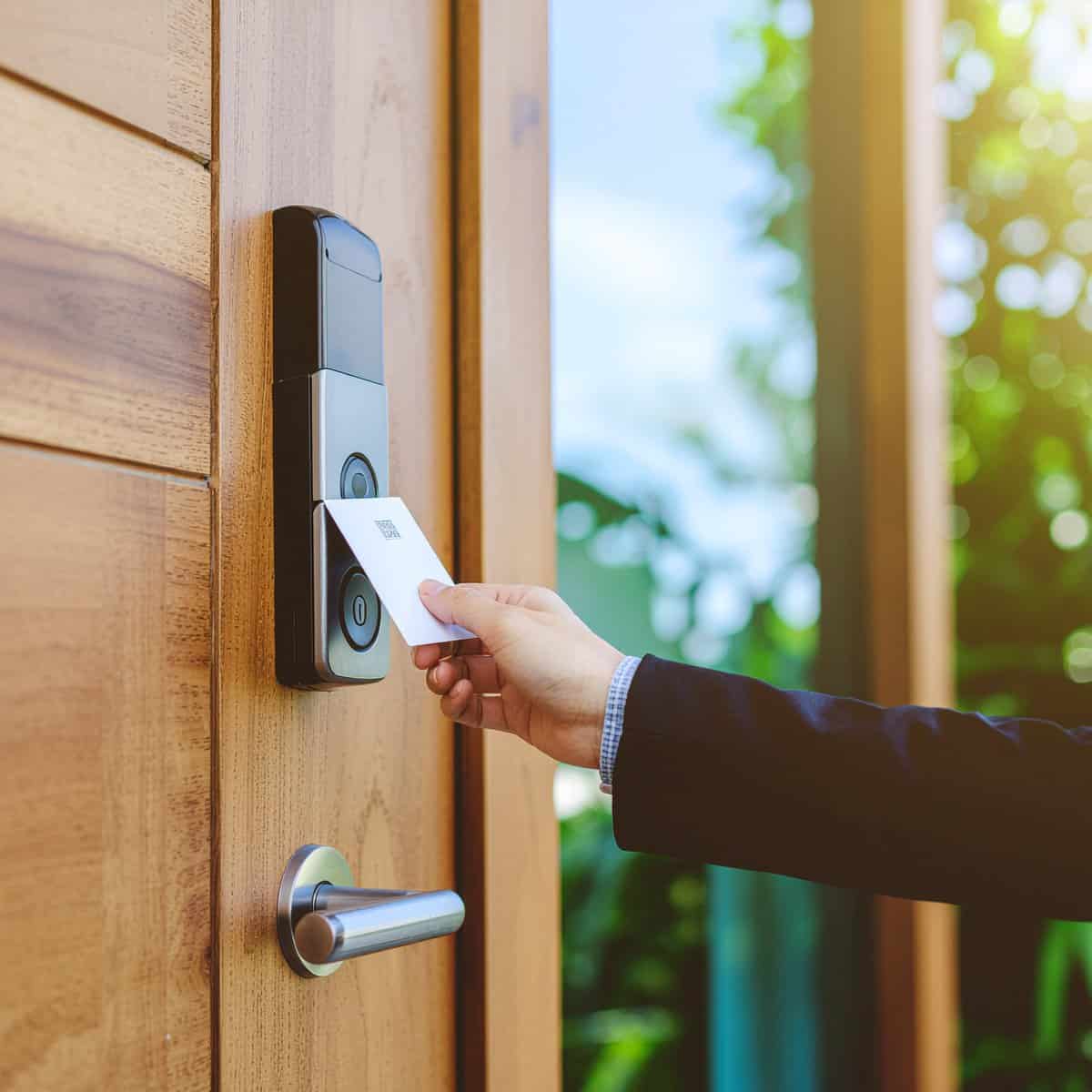Preparing and Recovering Your Technical Infrastructure Before and After a Hurricane

Natural disasters, especially hurricanes, pose significant threats to businesses. They can disrupt operations, damage critical infrastructure, and lead to substantial financial losses. Companies are reliant on computer equipment, access control systems, audio/visual (AV) setups, cabling, communication devices, and other technical systems, so safeguarding these assets is crucial. Here’s a comprehensive guide on what companies need to do before and after a hurricane to ensure their equipment and infrastructure remain safe and can be quickly restored. With four and a half months left in this 2024 hurricane season, there is still time to get prepared.
Before the Hurricane: Preparation is Key
- Risk Assessment and Planning
- Risk Assessment: Conduct a thorough risk assessment to identify potential vulnerabilities in your technical infrastructure. Develop a detailed disaster recovery plan that outlines specific steps to protect equipment, data, and ensure continuity of operations.
- Data Backup and Protection
- Regular Backups: Ensure all critical data is backed up regularly. Use both on-site and off-site storage solutions, such as cloud-based services, to protect against data loss.
- Secure Storage: Store physical backups in waterproof and fireproof safes. Ensure that cloud backup services are secure and accessible post-disaster.
- Physical Protection of Equipment
- Elevate Equipment: Raise computers, servers, and other vital hardware off the ground to protect them from flooding.
- Protective Enclosures: Use waterproof and dustproof enclosures for sensitive equipment. Ensure that all cables are securely connected and protected from potential water damage.
- Power Management: Install uninterruptible power supplies (UPS) to protect against power surges and outages. Consider investing in backup generators to maintain power to critical systems during an outage.
- Infrastructure Reinforcement
- Secure Cabling: Ensure all cabling is securely fastened and protected. Use cable management systems that prevent tangling and potential damage.
- Structural Checks: Inspect and reinforce the physical infrastructure of your server rooms and data centers. Ensure that windows and doors are sealed and can withstand high winds and heavy rain.
- Communication Plans
- Emergency Contacts: Maintain a list of emergency contacts, including service providers for technical support and equipment repair.
- Staff Training: Train employees on emergency procedures and the disaster recovery plan. Ensure that key personnel know how to shut down and protect critical systems.
During the Hurricane: Immediate Actions
- System Shutdown
- If a hurricane is imminent and evacuation orders are issued, safely shut down all non-essential systems to prevent damage from power surges and outages.
- Monitoring
- Remote Monitoring: Use remote monitoring tools to keep an eye on critical systems and infrastructure. This allows for real-time updates and the ability to respond quickly if issues arise.
- Physical Security: Ensure that the building is secure and access is restricted to authorized personnel only.
After the Hurricane: Recovery and Restoration
- Safety First
- Inspection: Before re-entering the premises, ensure building management has deemed the building safe for entry.
- Professional Assessment: Hire professionals to inspect and certify the safety of the electrical systems and infrastructure.
- Assessing Damage
- Visual Inspection: Conduct a thorough visual inspection of all equipment, cabling, and infrastructure. Look for signs of water damage, physical damage, and corrosion.
- Testing Systems: Power up systems gradually, starting with essential equipment. Test all systems to identify any malfunctions or issues.
- Cleaning and Repairs
- Drying and Cleaning: If equipment has been exposed to water, dry and clean it thoroughly before powering it on. Use professional cleaning services if necessary.
- Repair and Replace: Repair or replace damaged components and equipment. Ensure that all repairs are conducted by qualified professionals to maintain system integrity.
- Data Recovery
- Restore from Backups: Use your backup data to restore any lost or corrupted files. Ensure that the restoration process is methodical to avoid further data loss.
- Verify Data Integrity: After restoring data, verify its integrity and completeness. Conduct tests to ensure that all systems are functioning correctly.
- Communication and Coordination
- Internal Communication: Keep employees informed about the status of recovery efforts and when normal operations are expected to resume.
- External Communication: Communicate with clients and stakeholders about any service disruptions and the steps being taken to restore full functionality.
- Review and Improve
- Post-Event Analysis: Conduct a thorough review of the disaster response and recovery process. Identify what worked well and areas that need improvement.
- Update Plans: Update your disaster recovery and emergency plans based on the lessons learned. Ensure that all employees are trained on any new procedures or protocols.
Hurricanes are unpredictable and can cause extensive damage to businesses, especially those reliant on complex technical systems. By taking proactive steps to protect your equipment and infrastructure before a hurricane, and having a solid recovery plan in place, you can minimize downtime and ensure a swift return to normal operations. If you need help before or after a hurricane, contact i.e.Smart Systems to help protect and restore your technical infrastructure.
In Harris County, Houston, Texas, you can find more information here: https://www.hcde-texas.org/hurricanes
About i.e.Smart Systems
i.e.Smart Systems is a Houston, TX based technology integration partner that specializes in design and installation of audio/visual technology and structured cabling. For more than three decades, our team of in-house experts has partnered with business owners, architectural firms, general contractors, construction managers, real estate developers, and designers in the Houston market, to deliver reliable, scalable solutions that align with their unique goals.




